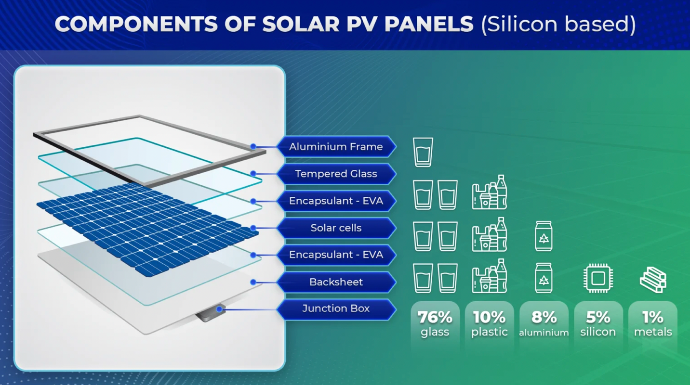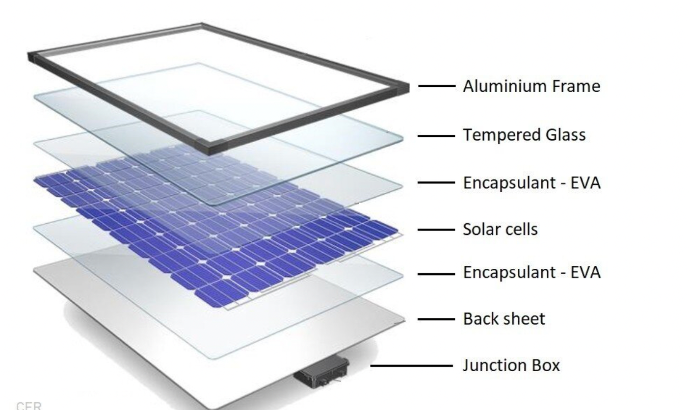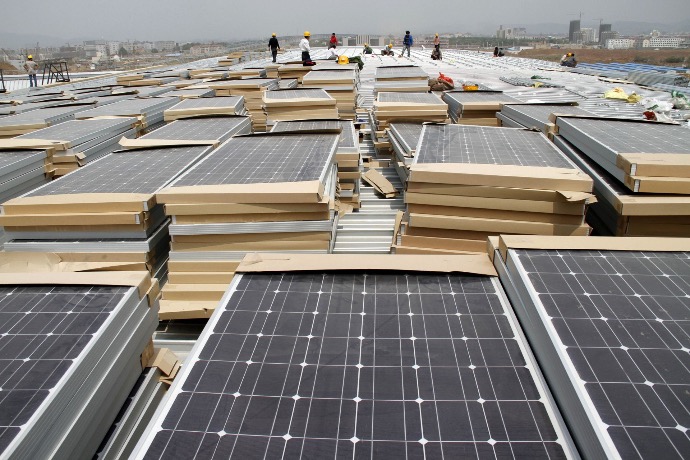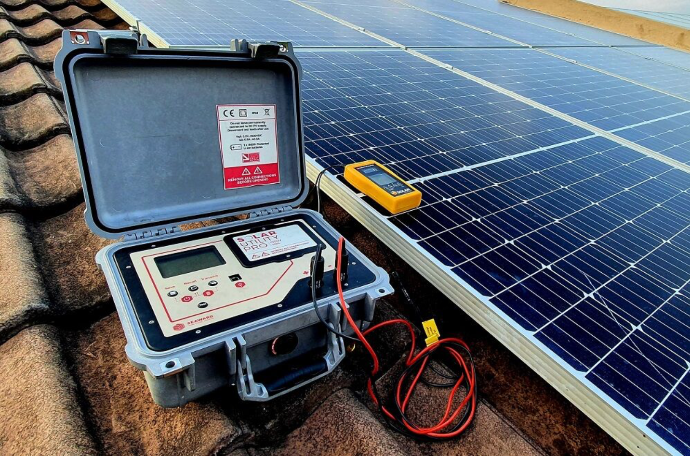Panels have permeated every aspect of our everyday lives, from the svelte displays on our smartphones to the state-of-the-art displays on our televisions. These technical wonders are in charge of creating breathtaking sights and engrossing us with immersive experiences. Have you ever considered the complex procedure involved in their creation? Join us as we set out on a fascinating adventure to learn more about the craftsmanship and accuracy that go into producing panels.
The Basis: Material Selection
Choosing the appropriate substrate material is the first stage in the fabrication of a panel. Common substrates include glass, plastic, and metal, each of which has special benefits. While plastic substrates offer flexibility and less weight for portable devices, glass is a common choice for high-end displays because to its remarkable clarity and durability. On the other hand, metal substrates provide excellent heat dissipation qualities and are frequently chosen for high-performance applications.

Creating microscopic patterns with photolithography
The manufacturing of panels relies heavily on photolithography, a technique that was adopted from the semiconductor sector. The substrate surface is covered with a thin film of a photosensitive substance known as a photoresist. The photoresist is exposed to strong ultraviolet light after designs are cast onto it using sophisticated photomasks. The precise tiny patterns that result from this process dictate how each pixel in the display functions.
Great stories are for everyone even when only written for just one person. If you try to write with a wide, general audience in mind, your story will sound fake and lack emotion. No one will be interested. Write for one person. If it’s genuine for the one, it’s genuine for the rest.
Deposition: Adding Technology Layers
The next stage is to deposit multiple layers onto the substrate to improve the functionality of the panel. Using processes like chemical vapor deposition or sputtering, thin-film transistors (TFTs) are made, resulting in an active matrix that regulates the actions of each pixel. To obtain vivid colors and precise control over light transmission, additional layers—such as color filters and liquid crystals—are added.

Bringing It All Together Through Assembly
A panel is formed by meticulously aligning and bonding the various layers once they have been constructed. In order to ensure smooth integration and eliminate any flaws that can impair image quality, this sensitive operation calls for the highest level of precision. Throughout this phase, advanced production techniques including robotic assembly and automated optical inspection are used to preserve consistency and efficiency.

Tests and Quality Control
Thorough testing and quality assurance methods are carried out before panels are prepared for the market to guarantee their performance matches the highest standards. The color accuracy, brightness uniformity, contrast ratio, and reaction time of panels are thoroughly examined. To guarantee that only faultless panels reach customers, any defective pieces are carefully recognized and eliminated.

Every dazzling visual display is the result of a complex production process that combines technical prowess, artistic talent, and scientific knowledge. Panel production requires exacting craftsmanship, state-of-the-art tools, and a sharp eye for detail. The process from choosing the substrate to producing the finished product is evidence of the industry's commitment and creativity. Take a moment to admire the craftsmanship that brought it to life the next time you are in awe of a screen's brilliance since it was a work of art made possible by the creative union of science and human intellect.
From simple material to a power generating panel within your hands.
Contact us and get your hand on some of the high-quality solar PV panels today!